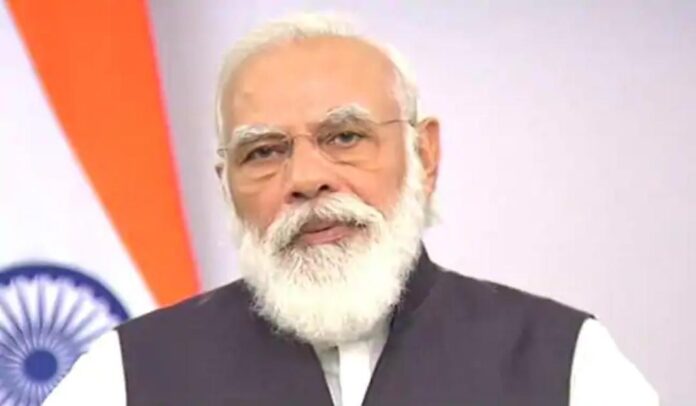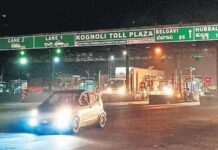Home Articles PM Modi flags off first driverless train: Here’s all you need to...
KEY STORY
-
New Delhi: Prime Minister Modi today inaugurated India’s first-ever driverless train on Delhi Metro’s Magenta Line, which connects the national capital to Noida. Today the National Common Mobility Card was also expanded to the Airport Express Line of Delhi Metro.
Speaking on the occasion, the Prime Minister termed today’s event as an attempt to make urban development future-ready. He added that in 2014, only 5 cities had a metro rail and today, metro rail is available in 18 cities. The Prime Minister giving a vision of the future, said that by the year 2025, metro train services will be extended to 25 cities with an over 1,700-km network.
Here is all you need to know India’s 1st driverless train:
-
Metro trains without drivers to be operational on 37 KM magenta line. Trains to connect Janakpuri West – Botanical Garden in Noida.
-
Trains will be initially operated by drivers but drivers will be gradually withdrawn. The driverless trains are fully automatic and built to eliminate possibilities of human error.
-
After the start of driverless services on the Magenta Line, the Pink Line (Majlis Park-Shiv Vihar) of Delhi Metro is expected to have driverless operations by mid-2021.
-
With this innovation, the Delhi Metro network joins the elite league of 7% of the world metro services, which run driverless trains. Once the driverless trains are operationalised on the Pink Link too, the Delhi Metro will have a driverless network length of about 94 km which will be approximately 9% of the world’s total driverless metro network.
-
The trains will be operational only on line 7 & 8. The trains can be controlled from command centres. And Communication based train control (CBTC) technology will be used.
-
The driverless train having 6 coaches are equipped with several advanced features. They are designed for a maximum speed of 95 kmph and operational speed of 85 kmph.
-
Each coach can accommodate maximum of 380 passengers, which translates to 2,280 passengers in each train set of six coaches. The cabin-less trains would be able to accommodate 40 commuters more in a six-coach train as the driver’s cab will not be required in such trains.
-
These trains will be more energy-efficient than the earlier trains of Delhi Metro because of improved design features such as better regeneration of energy during braking, energy-efficient subsystems like LED lighting and air conditioning systems.
-
What are the safety measures? They involve the installation of high-resolution cameras. Images of tracks, overhead wires will be continuously monitored.














